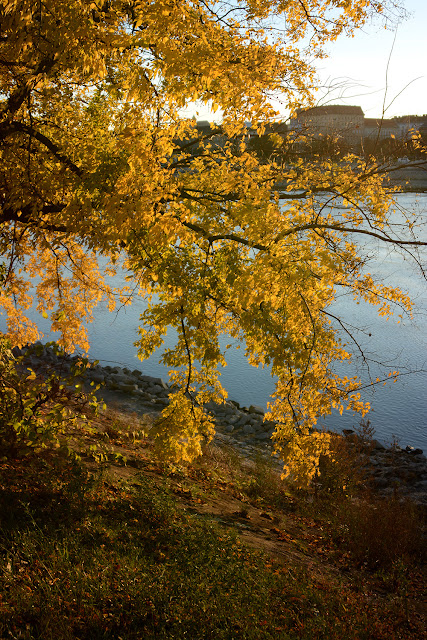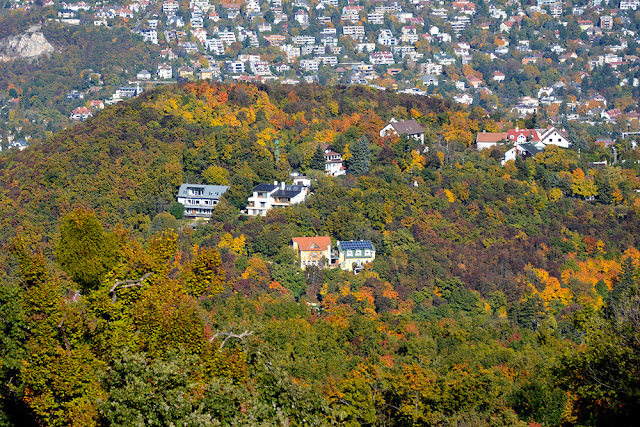Lately I’ve been assaulting Google
with those kind of dumb questions which then cause major merriment when the auto fill helps out your queries. The first one, namely the identity of Guus
Hiddink’s wife (don’t ask why, though it almost made sense at that time, no,
really, it did.) was already helped by the auto fill- the information seems to
be more researched than his present club, which is a reflection either on the
shallow interests of the world in general or on the arch of Hiddink’s career in
particular. Next up was whether Guinness contains fish- you guys, it does,
isinglass in particular, and so do most cask ales, so no Guinness for
vegetarians then, which is cool, because more is left for me.
Having reached such high levels
of competence over the long weekend I didn’t bat an eye when, pondering the
number of Budapest’s islands I realized I only had a hunch, not a certainty. No worries there, let me type this thing into
good old Google- the auto fill is back in action yet again and shows that I am
not alone in the land of the confused and clueless but at least my hunch proved
to be correct- Budapest has three islands, of which Csepel is the biggest,
followed by Óbudai and Margit, with Szentendre island lying just above the
northern border of the city hence already outside.
Although I’d half harboured a
hope that maybe somewhere along the Danube’s Budapest stretch there’s a puny
patch of land which might just qualify as an island, much as Pluto is
occasionally a planet, and I could fetch the lazy photographer to go on a bold
new discovery mission, I had to settle with the pleasant thought that over the
weekend I’d visited 67% of Budapest’s islands bedecked in their full autumnal splendour.
We’d even managed to catch that
elusive golden hour which on Margit island, due to the evil geographical
placement of the Buda hills and the even eviler daylight saving arrangements
which happened over the weekend has now become a golden 11 and a half minutes
around four in the afternoon. 4 PM wouldn’t really qualify as dusk in my book,
but sadly that’s exactly what it is these days-luckily we have a great
suggestion for a place where you can drown your sorrow in both drink and food-
Pozsonyi kisvendéglő has been faithfully serving the people of Újlipótváros and
not only since 1992, and provides unsophisticated yet excellent fuel for chilly
winter evenings.




























































